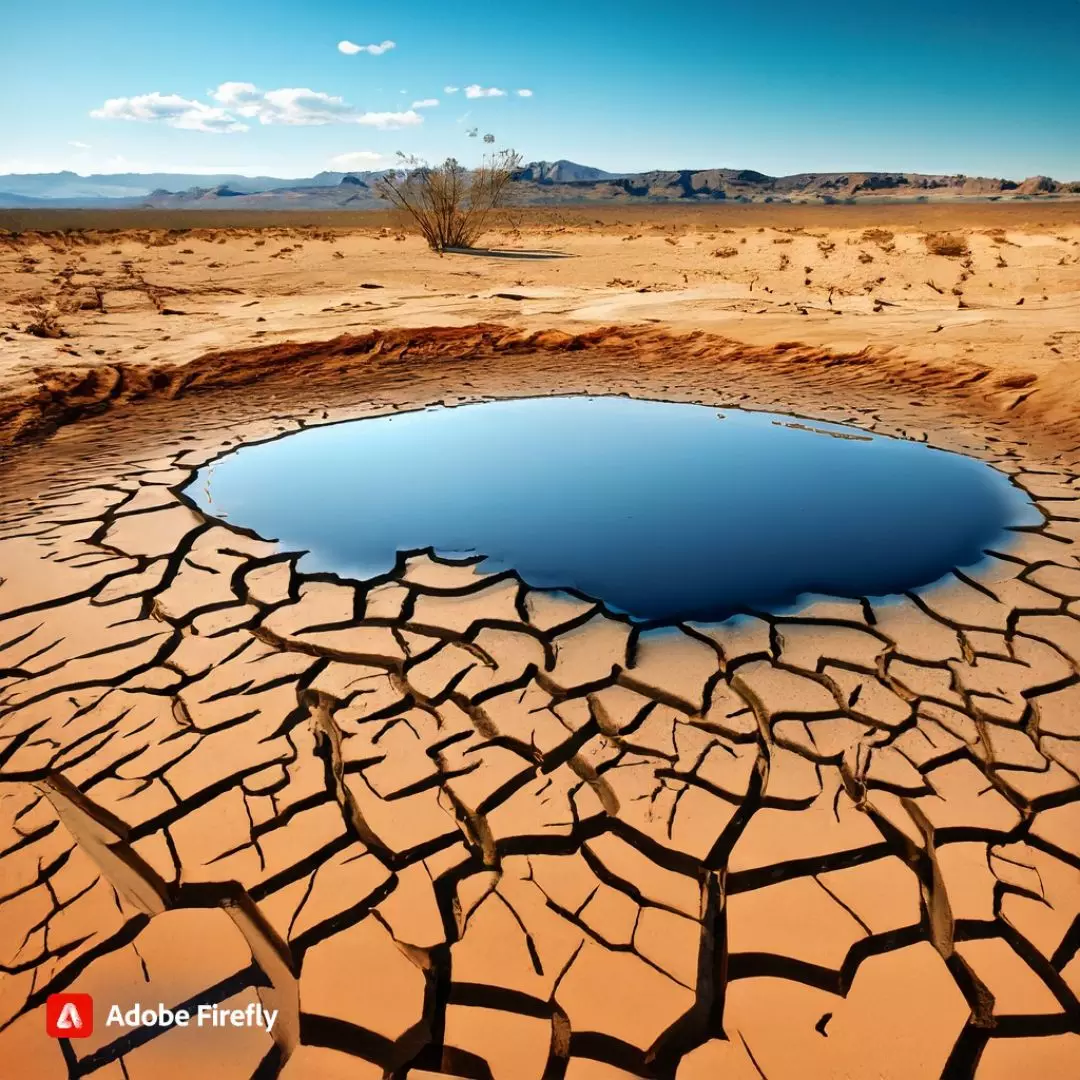A new report from the United Nations has warned that critically low groundwater availability is approaching, with an estimated date of 2025, in India’s northwestern region. The report, titled “Interconnected Disaster Risks Report 2023” and published by the United Nations University – Institute for Environment and Human Security, highlights the world’s proximity to several environmental tipping points, one of which is groundwater depletion.
Groundwater is vital for agriculture, accounting for approximately 70% of all withdrawals. It plays a crucial role in mitigating agricultural losses during droughts, but the report indicates that more than half of the world’s major aquifers are depleting faster than they can naturally replenish. When the water table falls below accessible levels, farmers may lose access to water, jeopardizing food production systems, reported India Today.
The northwestern region of India, which includes states like Punjab and Haryana, is a significant agricultural area and provides a substantial portion of the nation’s rice and wheat supplies. However, the report highlights that 78% of wells in Punjab are considered overexploited, and the region as a whole is predicted to experience critically low groundwater availability by 2025. India is the world’s largest consumer of groundwater, surpassing the combined use of the United States and China.
“India is the world’s largest user of groundwater, exceeding the use of the United States and China combined. The northwestern region of India serves as the bread basket for the nation’s growing 1.4 billion people, with the states of Punjab and Haryana producing 50 per cent of the country’s rice supply and 85 per cent of its wheat stocks. However, 78 per cent of wells in Punjab are considered overexploited and the northwestern region as a whole is predicted to experience critically low groundwater availability by 2025,” the report further says.
The lead author of the report, Jack O’Connor, emphasized that as these tipping points are approached, the impacts will become increasingly evident. Once these tipping points are crossed, it will be challenging to reverse the consequences, making it crucial to take urgent actions to avoid them.
Also Read: Unveiling The Link Between Impact Of Poor Sleep On Heart-Health












